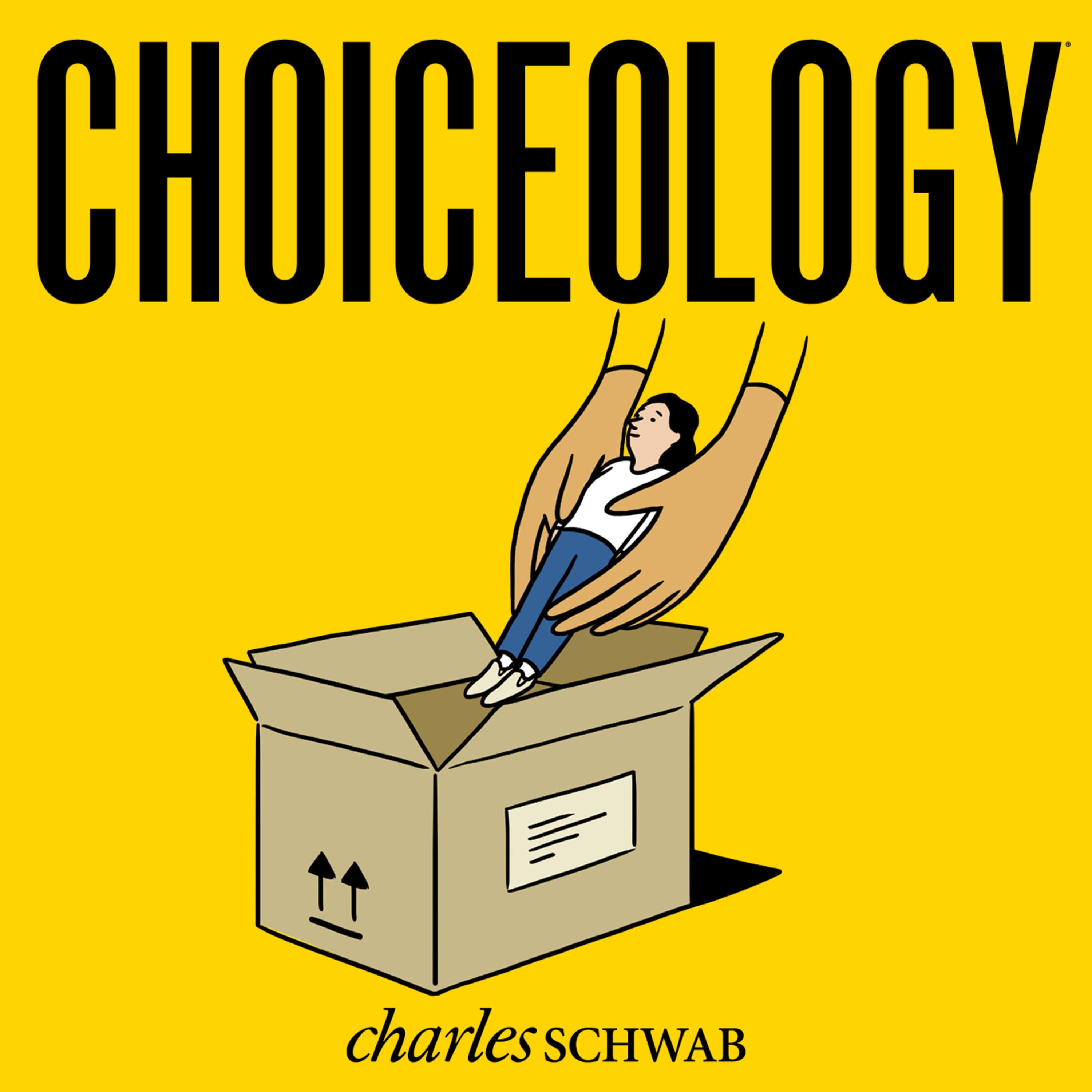Boxed In: With Guests Sophie Morgan, Modupe Akinola & Dolly Chugh
Assuming you live in the northern hemisphere, which would you say is colder: a day in March or a day in April? On average, of course, March is colder than April, but there's probably not a big difference in temperature between March 31 and April 1. If you're like most people, though, you put March days in the colder March category and April days in the warmer April category. It's a useful shortcut, but it doesn't always give you the best information about the temperature on individual days.
This tendency to quickly categorize time, objects and people helps us to simplify a complex world, but it can also lead to important errors.
In this episode of Choiceology with Katy Milkman, we look at the ways our snap judgments work for us and against us.
First, Katy brings you a profile of Sophie Morgan, tracing her career path from relative unknown to reality TV model to lead presenter at one of the largest sporting events in the world. And you'll find out what makes Sophie unique in her field.
Next, we hit the street with a quick questionnaire to see how people make judgments when faced with uncertainty or incomplete information. You can try these questions yourself, before you listen:
Question 1: William is an opera fan who enjoys touring art museums when he goes on vacation. He enjoys playing chess with his friends. Which is more likely?
A: William is a professional violinist for a major symphony orchestra.
B: William is a farmer.
Question 2: Amy is 29 years old. She's single, outspoken and very bright. As a student, she majored in English literature and was deeply interested in theater. Which is more probable?
A: Amy is a bank teller.
B: Amy is a bank teller and writes an arts review for her local newspaper.
After revealing the answers to our questionnaire, Katy is joined by Modupe Akinola, of Columbia Business School and Dolly Chugh of New York University's Stern School of Business to explore the functions and flaws of these types of judgments and the mental architecture behind them.
Dolly Chugh is the author of The Person You Mean to Be: How Good People Fight Bias.
Finally, Katy gives you some simple strategies to counteract some of the negative impacts of snap judgments and implicit attitudes.
Choiceology is an original podcast from Charles Schwab.
If you enjoy the show, please leave a rating or review on Apple Podcasts.
Learn more about behavioral finance.
All expressions of opinion are subject to change without notice in reaction to shifting market conditions.
The comments, views, and opinions expressed in the presentation are those of the speakers and do not necessarily represent the views of Charles Schwab.
Data contained herein from third-party providers is obtained from what are considered reliable sources. However, its accuracy, completeness or reliability cannot be guaranteed.
The Schwab Center for Financial Research is a division of Charles Schwab & Co., Inc.
Apple Podcasts and the Apple logo are trademarks of Apple Inc., registered in the U.S. and other countries.
Google Podcasts and the Google Podcasts logo are trademarks of Google LLC.
Spotify and the Spotify logo are registered trademarks of Spotify AB.



